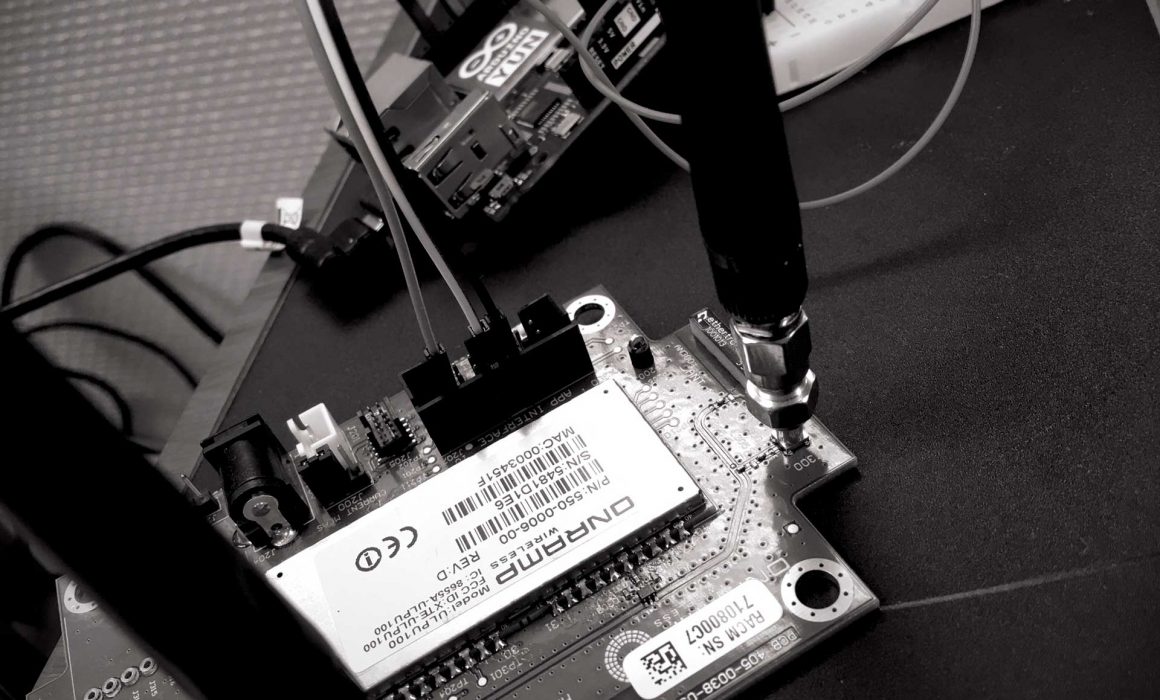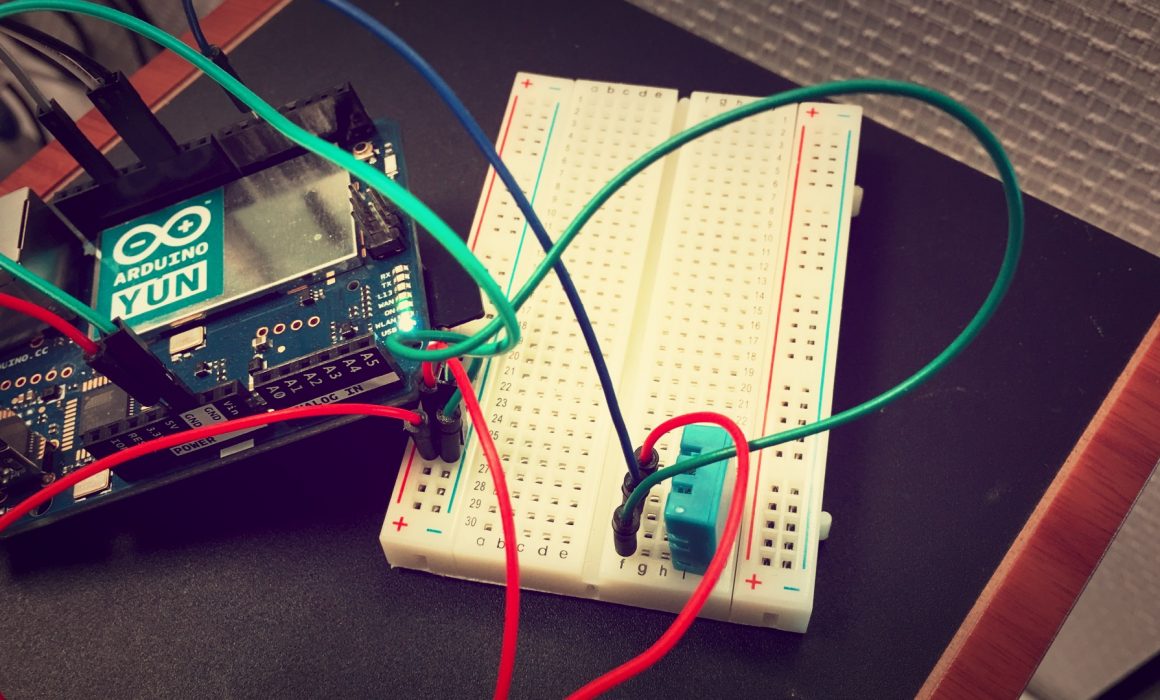Is the cellular standard roadmap the answer to LPWA Connectivity? Pt. 6 Downlink Capacity
Part Six: Downlink Capacity
Even though LPWA tends to consist of uplink centric data models, downlink capacity looms as a potential bottleneck for the following reasons:
- As we saw in the Part 5, there is downlink control required for scheduling uplink transmissions and acknowledging uplink transmissions (especially for frequent small packet communication).
- Based on the enhanced link budgets of LPWA approaches, the supported downlink rates of the channel is far lower which exacerbates the downlink bottleneck.
- The amount of downlink power available for cellular LPWA is severely limited. Less power means less capacity. The LPWA cellular is either adjacent to voice/data channels or is contemplated to be in the stop-band. In either case, transmit power must be minimized to the point of not interfering with voice/data communication – the cash-cow of the industry. This is yet another example of all technical decisions being driven (understandably) by voice/data needs at the expense of the machines.
…limiting the ability to acknowledge transmissions would be very disappointing to the applications that plan on using the cellular LPWA network. Reliable delivery is a crucial requirement for LPWA devices.












